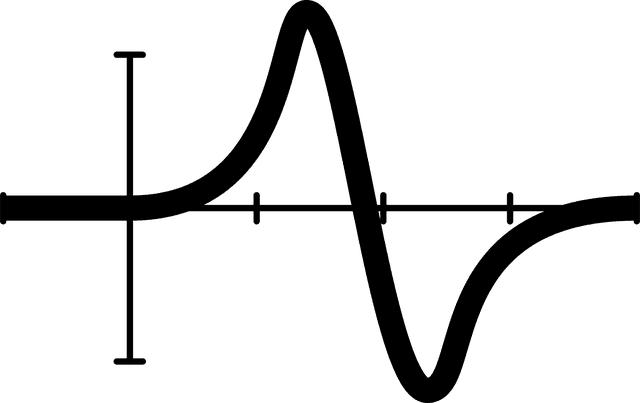
Morphing Circles
Hard

Have you ever wondered what would happen if you added a sine function to a circle? In this project, you'll find out! You'll graph a regular circle and then add a sine function to it. You'll then observe the pattern created by the bumps that form on the circle.
Hypothesis
The hypothesis is that adding a sine function to a circle will create a pattern according to how the circle "bumps" around the curve.
Method & Materials
You will graph a regular circle and then add a sine function to it. You will then record the number of bumps you see as you increase the period of the sine function.
You will need a computer with the software "Nucalc" and a way to record your data.
Results
This project shows that when a sine function is added to a circle, the number of bumps is always an odd number. The number of bumps is equal to the number of times the sine curve crosses the x-axis while inside the original circle.
Why do this project?
This science project is unique because it shows how a sine function can be used to create a pattern on a circle.
Also Consider
Experiment variations to consider include using different radii for the circles and using ellipses instead of circles.
Full project details
You can find additional information and details for this science fair project here. Have fun exploring!Share this Science Project:
Related Science Fair Project Ideas
Discover how to create beautiful shapes and images using simple geometric shapes and mathematical formulae.
Hard
Explore which shapes can tile an infinite plane and why! Build pentominoes, heptiamonds, wheelbarrow, and kite #n# dart pairs to discover the most efficient shape for tiling.
Hard
Can you construct shapes with infinite perimeters and finite areas? Find out with this fun science project!
Hard
Share this Science Project:
